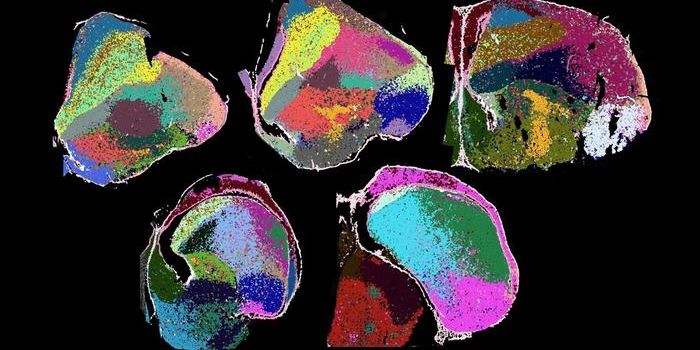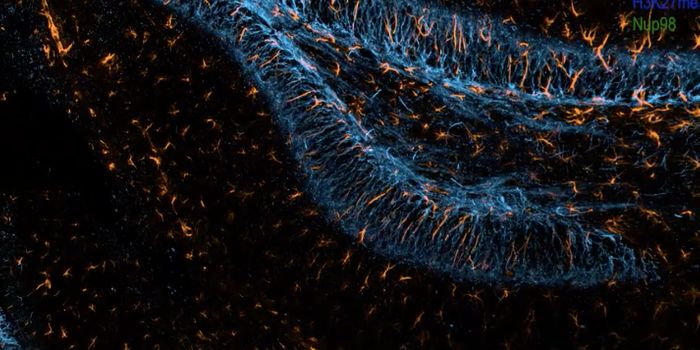A Mechanism of DNA Damage Recognition & Repair is Revealed
Most of the cells in our body carry the genome, and those cells are constantly bombarded with environmental influences including UV rays, pollution, alcohol, and other exposures that can damage the DNA they carry. One type of genetic damage is known as crosslinking, in which the nucleotide bases of DNA get stuck together. The double helix of DNA has to be unwound and separated when a cell is dividing and replicating its DNA, but crosslinked DNA cannot be separated into its individual strands; cells are no longer able to divide normally.
DNA damage can accumulate in cells over time. And when that damage becomes excessive, or happens to certain important regions of the genome that contain specific genes, cancer can arise from that DNA damage. Cells also have ways to identify and repair DNA damage, like the Fanconi anemia (FA) pathway. Certain people carry mutations in genes that disrupt the FA pathway, however, making these individuals more vulnerable to cancer.
Scientists have learned more about how proteins in this pathway identify and repair genetic damage. Previous work has indicated that a protein complex known as FANCD2-FANCI (D2-I) attaches to crosslinked DNA to trigger repair. These findings, which were reported in Nature, have revealed new and important details about the process.
In new research, a team used cryo-electron microscopy and other cutting-edge tools like optical tweezers to visualize and catch a DNA molecule between two beads. They then incubated the DNA molecule with other proteins to reveal that the D2-I complex moves down double-stranded DNA for quality checks. It stops moving when it gets to a region of DNA that is only single-stranded. In the video above, DNA was captured with microscopic beads (large circles), while the FANCD2I-FANCI protein complex (red, green, yellow dots) moves down DNA molecule and checks for damage.
The structure of the complex at the junction of single- and double-stranded DNA was visualized. D2-I was shown to have a unique link with that junction compared to how it links up with double-stranded DNA. A specific part of FANCD2 known as the KR helix is a crucial aspect of identifying and stopping at these junctions.
The stalling of the complex at junctions is also an essential part of DNA repair in the FA pathway. Portions of unwound, but not replicated DNA are exposed and the D2-I complex can draw other proteins in the FA pathway to the site of damage, where repair is initiated. The double-stranded DNA is also protected in these situations so that more damage won't occur.
The study has suggested that genetic structures inside of the replication fork (where double-stranded DNA is unwound and cellular machinery moves in for replication) trigger the D2-I complex to start repair, instead of the crosslinked DNA itself. Since replication forks stall due to many types of DNA damage, these findings may have broader implications for other DNA damage repair pathways.
A better understanding of DNA damage repair pathways, as well as why they can fail, may improve cancer treatments, some of which work by causing damage to cancer cells so they will cease to divide.
Sources: Medical Research Council (MRC) Laboratory of Medical Sciences. Nature









